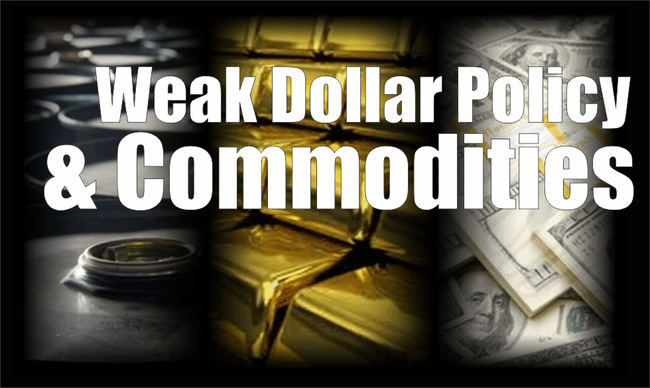
Adam Hayes, Ph.D., CFA, is a financial writer with 15+ years Wall Street experience as a derivatives trader. Besides his extensive derivative trading expertise, Adam is an expert in economics and behavioral finance. Adam received his master’s in economics from The New School for Social weak dollar definition Research and his Ph.D. from the University of Wisconsin-Madison in sociology. He is a CFA charterholder as well as holding FINRA Series 7, 55 & 63 licenses. He currently researches and teaches economic sociology and the social studies of finance at the Hebrew University in Jerusalem.
- For example, more than 95% of chip maker Qualcomm’s sales are outside the U.S.
- A weak dollar means that more dollars are needed to buy a unit of foreign currency.
- A temporary weak phase in a major currency provides a pricing advantage to its exporters but this advantage can be wiped out by other systematic issues.
- If an American travels to London when the dollar is strong, their dollars will stretch farther.
Domestic Impact
Thomas J Catalano is a CFP and Registered Investment Adviser with the state of South Carolina, where he launched his own financial advisory firm in 2018. Thomas’ experience gives him expertise in a variety of areas including investments, retirement, insurance, and financial planning.
Advantages of a Strong Dollar
A weak dollar means American consumers must spend more dollars to buy the same imported goods but are a relative bargain abroad. A weakening dollar implies several consequences, but not all of them are negative. A weakening dollar means that imports become more expensive, but it also means that exports are more attractive to consumers in other countries outside the U.S. Conversely a strengthening dollar is bad for exports, but good for imports. For many years the U.S. has run a trade deficit with other nations–meaning they are a net importer. Americans using U.S. dollars can see those dollars go further abroad, affording them a greater degree of buying power overseas.
Tourism and Trade
Strength, as noted above, is relative to other currencies where valuations are being reduced in an effort to help fuel growth. Additionally, we cannot discount deleveraging playing a role as debts are being paid off, leading to fewer dollars in the system and increasing the value of those dollars. The strength of the U.S. dollar rose to a 20-year high in 2022 but it had weakened by the end of August 2023. They can include a high rate of inflation, chronic current account and budget deficits, and sluggish economic growth.

When stocks soar, and unemployment remains low, for instance, the dollar can rise. The opposite effect may result if the market plunges or if joblessness increases. If you’ve been managing your finances for any length of time, you probably understand the value of a dollar.
The dollar/euro exchange rate must therefore be used when the company translates the subsidiary’s results to the reporting currency (the U.S. dollar). The impact of the rise or fall of the U.S. dollar on investments is multi-faceted. Investors should understand the effect that exchange rates can have on financial statements, how this relates to where goods are sold and produced, and the impact of raw material inflation.
If the U.S. dollar continues to appreciate, then it could also have a negative long-term impact because those overseas consumers will begin to turn away from American brands. Travelers are particularly affected by the current value of their home currencies. If an American travels to London when the dollar is strong, their dollars will stretch farther. Package tours become more or less affordable as the value of the dollar fluctuates.
Items that tend to be more susceptible to the impacts of a weak dollar include commodities, gasoline, and travel. Low-cost provider countries produce goods cheaply during times of U.S. dollar strength. Companies sell these goods at higher prices to consumers abroad to make a sufficient margin. When the dollar weakens, it means that it can buy less of a foreign currency compared to what it could buy previously. This decline in value can have significant implications for various economic factors, both domestically and internationally. Foreign governments that require U.S. dollar reserves will end up paying relatively more to obtain those dollars.
